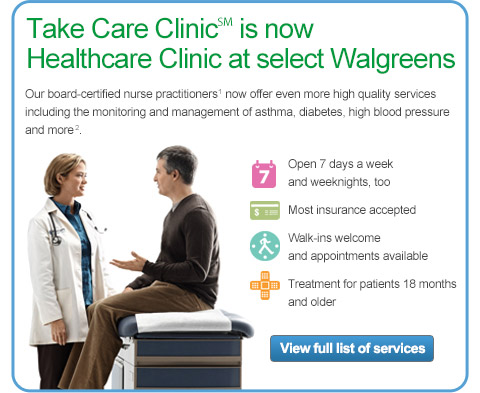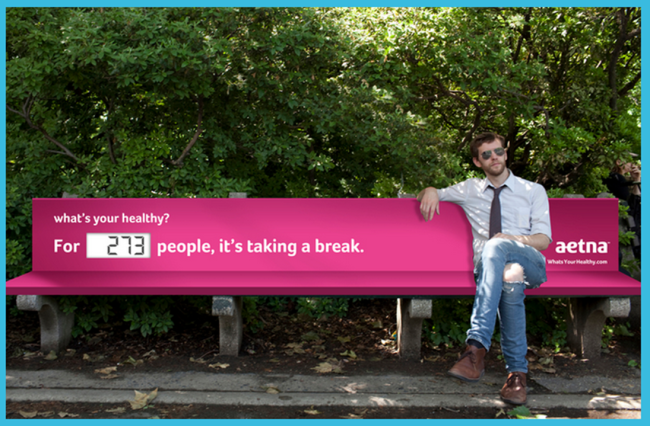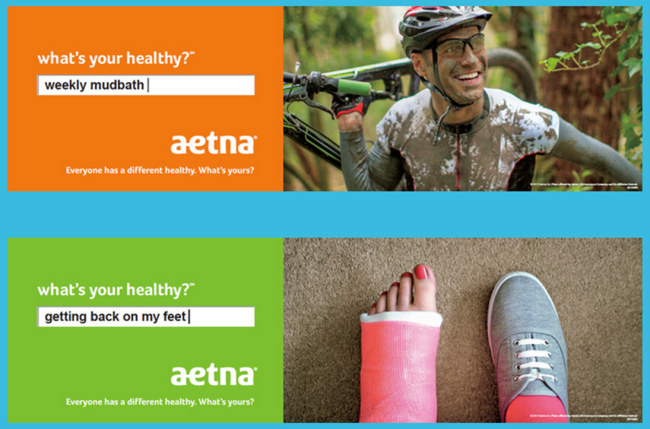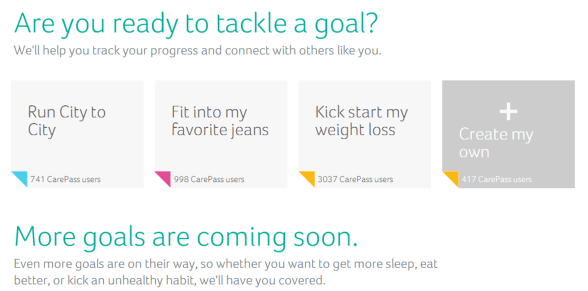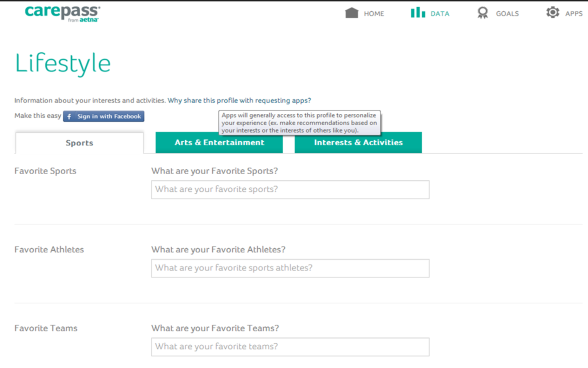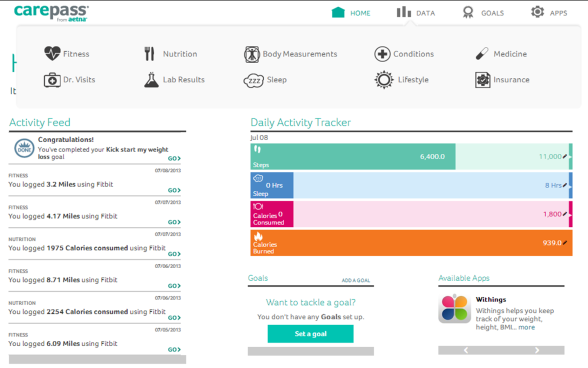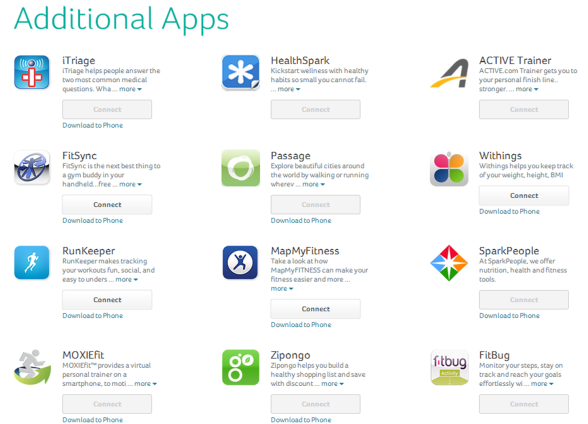I found this really interesting in an article in Employee Benefits News (Employers take closer look at financial disincentives by Gililan Roberts – July 2013). This stat is from an Aon Hewitt survey which showed that while only 5% of employers use disincentives today there are 53% which plan to begin doing so in the next 3-5 years.
This shouldn’t be a big incentives as I think most people now know that loss aversion is much more powerful than a general incentives (i.e., I’d rather not lose money, but I’m less motivated to get money.) [See also an older study on financial incentives and weight loss.]
For example, in a recent program that I’m involved with, we’re seeing slower uptake then I’d like with $1,000 in incentives on the line. My suggestion the other day was to send an e-mail to everyone saying “Thanks For Your $1,000 Donation To Our Corporate Budget”. Somehow, I suspect a lot of people might open that e-mail and take action after realizing that they’re just giving $1,000 to the company by not taking any action.
There is often lots of discussion about using a carrot or a stick for incentives. My favorite image is the frozen carrot as in there has to be some perceived incentives (positive reinforcement) but if no action is taken then there needs to be a downside (disincentive).
With the huge jump in wellness programs, incentives are going to be a popular topic. Additionally, with Health Reform allowing for 30% of healthcare premiums to be tied to behaviors and outcomes, you’re going to see a lot of companies taking actions.
What was a surprise to me in this article was the strategy to use disincentives in the 3rd year of a program. The article spoke several times about people getting used to the positive incentive and taking it for granted so that there was a need to nudge them to do more.
That reminds me of conversations I’ve had with employers talking about behavior change and incentives. My suggestion was to look at a 3-year plan moving from:
- Year One: Provide an incentive for taking an action (e.g., completing an HRA)
- Year Two: Provide an incentive based on participation (e.g., talking to a disease management nurse or logging your steps)
- Year Three: Provide an incentive tied to outcomes or behavior change (e.g., stopped smoking, averaged 10,000 steps a day, dropped BMI below 30)
It seems like I need to make Year Four into changing from incentive to penalty for not changing behavior or not doing something that’s recognized as critical to improving health, outcomes, and ultimately cost containment.
The other point that they brought up in the article is the transition from the employee to the spouse which could be another Year Four option. The article quotes the VP of Product from HCSC saying that spouses often cost more than the employee to insure.
Cyndy Nayer, a value-based wellness consultant, is quoted in the story several times. She says that “employers can get a 6%-10% and maybe even 18%-20% increase in engagement with incentives”. For those of us focused on engagement, those are big numbers.

 July 30, 2013
July 30, 2013 
